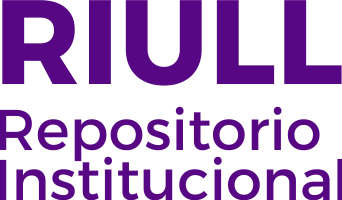Metals in commercial fish in the Galapagos Marine Reserve: Contribution to food security and toxic risk assessment
Fecha
2021Resumen
Metal pollution in the marine environment can damage places with exceptional biodiversity such as the Galapagos Islands. For this reason, it is important to evaluate the toxic risk from metals derived from fish consumption and to perform a nutritional assessment. We sampled 20 individuals of demersal (Caulolatilus princeps and Mycteroperca olfax) and pelagic (Thunnus albacares and Seriolella violacea) species. The levels of the toxic elements (Al, B, Ba, Cd, Ni, Pb and Sr), and the macroelements, microelements and trace elements (Ca, Cr, Fe, K, Li, Mn, Mo, Mg, Na, V and Zn) of species muscle tissue were analyzed by Inductively Coupled Plasma Optical Spectrometry (ICP-OES). Demersal species have higher concentrations of Cr, K, Mg and Mo; while pelagic species have higher levels of Zn. M. olfax could potentially cause Cd toxicity so it is recommended not to ingest more than 86 and 73 g of this species (i.e. roughly, one serving) per week for men and women, respectively. None of the species could be marketed in Europe and the USA due to Cd level exceed the allowed limits by EFSA and FAO. Furthermore, the dietary intake of C. princeps is recommended due to its high concentration of Ca, Na, K, Mg and Cr, while T. albacares is recommended for people with Zn deficiency. However, due to the Cd level in C. princeps it is not recommended to ingest more than five servings per week. We attribute the source of metals in the studied fish from the volcanic origin of the islands rather than from human pollution. This is the first study that thoroughly estimate concentration of metals in commercial fish species and its contribution to food security in the Galapagos.





